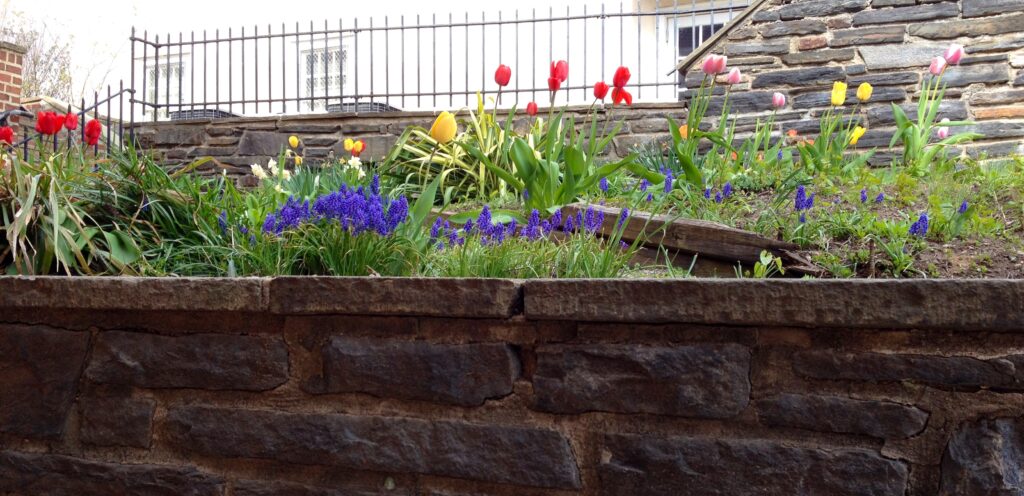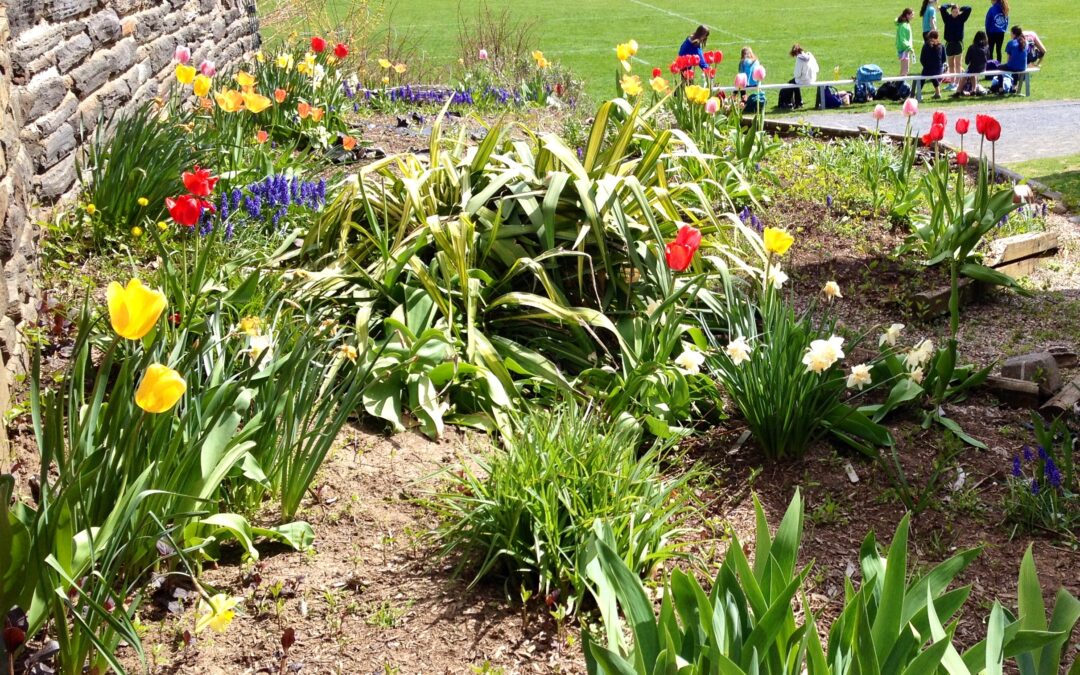In seventh grade, my science class was never boring. We baked cakes, wrote musicals, and planted a garden on school grounds. My teacher went out of her way to ensure all of her students learned the material and retained it by making the whole experience fun and compelling. We often had group projects where we could take creative liberties, so all final products would be unique and representative of the people involved. In randomly selected groups, students had opportunities to bond and meet up outside of school with kids who weren’t already their closest friends, and we were then encouraged to share our strengths and interests to divide up the work efficiently.
One such project early on in that school year is easily memorable. To learn about taxonomy, phylogeny, and the vastness of variety in Earth’s life forms, we had to display organisms from different kingdoms in some particular form, with a cohesive theme. One group put on a fashion show, creating outfits to represent each creature. My group, discovering that all of us had watched the recently-released (in 2013) The Hunger Games: Catching Fire film, made our project food-based and Hunger Games-themed (we called it “Catching Phylum”). Thus our chosen organisms were related, as origins of the series’ fictitious flora and fauna–the Northern mockingbird, Mimus polyglottos, the deadly nightshade plant, Atropa belladonna. Our teacher had also seen the movie and loved our idea! Decorating a cake to make it look feathered and flaming gave us all As, and was delicious. Now I will never forget what I learned over a decade ago.
Moira Messick was one of the kindest, warmest and most communicative teachers I ever had, and she made my life better when I was twelve years old. She recognized her students’ passions and made every person feel seen. Like any good educator, she tried not just to teach, but also to learn, and to understand. She helped us plant tulips and taught us about meter in poetry and showed how much she cared about every one of her students, how important it was that we pursue knowledge; that we study and create, and that we grow. Teaching science, English and art, she intertwined all areas of study to find connections that interested every young mind. Mrs. Messick was inspiring to me and all of my peers in middle school; after college I still have her to thank for so much.
Go to that school today and you’ll see, those flowers still blossom next to the field. Teachers plant the seeds for generations to come. Every word, every action from instructors, school leaders, professors, mentors at a young age shapes the futures of the children they guide. We were all once those children. It is up to you, now, to build a better world. It is up to us….




Recent Comments